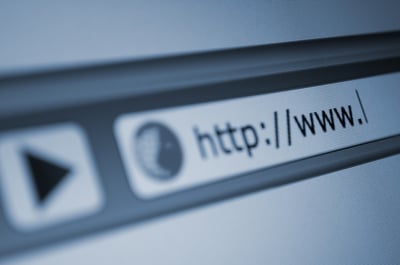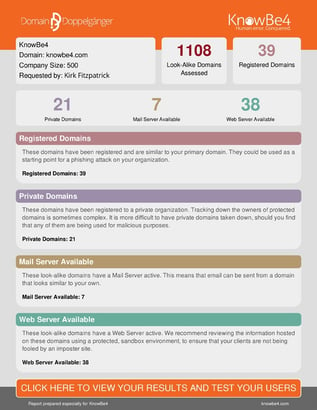 Analysis of typosquatting and brand impersonation activity across 500 of the most visited domains provides insight in to how these techniques come together to effectively deceive.
Analysis of typosquatting and brand impersonation activity across 500 of the most visited domains provides insight in to how these techniques come together to effectively deceive.
From February 2024 to July 2024, Zscaler’s ThreatLabz tracked more than 30,000 lookalike domains that impersonated some of the world’s most well-known brands. As part of that analysis, there were some consistent trends worth sharing:
- Of the 30,000 lookalike domains impersonating a little over 500 brands, 10,000 of them were malicious
- Google, Microsoft and Amazon topped the list of most impersonated brands, representing nearly 75% of all of the websites
- SSL certificates are commonly used to establish credibility with a secure connection, with nearly half of them issued by Let’s Encrypt
- Messaging platforms are often used to direct potential victims to impersonated domains, while typosquatted domains simply rely on mistyping on the part of the victim
The takeaway from this analysis is that threat actors are not always targeting their victims and, instead, are creating opportunities for themselves by, essentially, leaving a website “trap” for their victims to mistake for the real thing.
The measures necessary to counteract these sites start with a modern web scanning solution and DNS protection — these will (hopefully) catch all of the impersonated domains. But, assuming 100% of the sites won’t be stopped, it’s also necessary to have security awareness training in place so users play a role in remaining vigilant when coming across these sites and not fall for their lookalike nature.
KnowBe4 empowers your workforce to make smarter security decisions every day. Over 70,000 organizations worldwide trust the KnowBe4 platform to strengthen their security culture and reduce human risk.
 Here's how it's done:
Here's how it's done:




